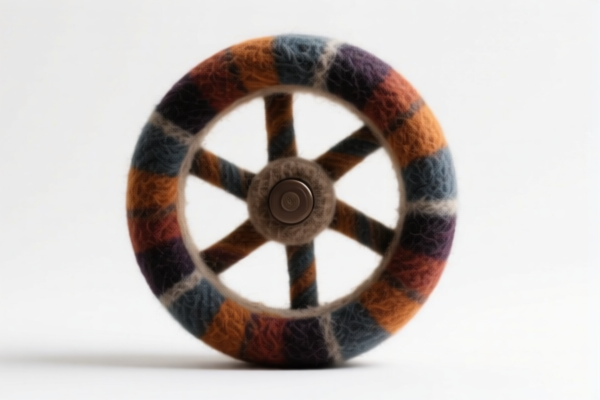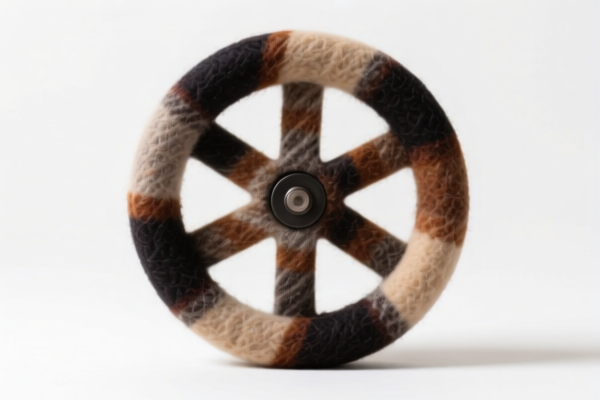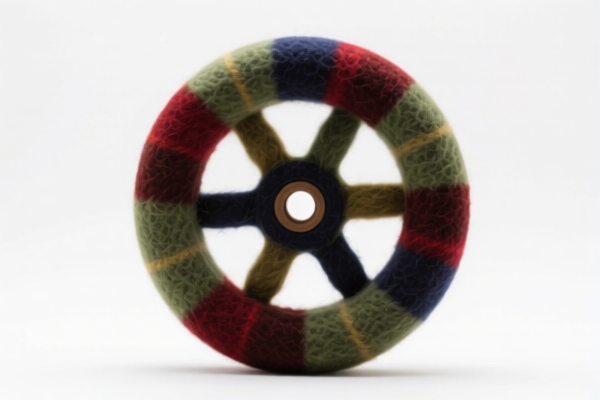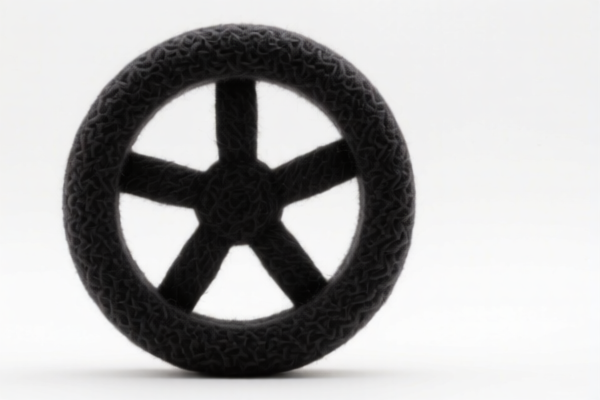| HS Code | Official Doc | Tariff Rate | Origin | Destination | Effective Date |
|---|---|---|---|---|---|
| 6805100000 | Doc | 55.0% | CN | US | 2025-05-12 |
| 6805305000 | Doc | 55.0% | CN | US | 2025-05-12 |
| 6815994170 | Doc | 55.0% | CN | US | 2025-05-12 |
| 6815992000 | Doc | 55.0% | CN | US | 2025-05-12 |
| 3926905000 | Doc | 41.3% | CN | US | 2025-05-12 |
| 3926905000 | Doc | 41.3% | CN | US | 2025-05-12 |
| 3901909000 | Doc | 61.5% | CN | US | 2025-05-12 |
| 3901905501 | Doc | 61.5% | CN | US | 2025-05-12 |




Round Flannel Wheel
A round flannel wheel is a polishing and deburring tool, typically used with rotary tools like grinders, polishers, or drills. It consists of a circular disc made from multiple layers of flannel material, bonded together and often mounted on a rigid backing plate.
Material:
- Flannel: The primary abrasive component, offering a soft, flexible surface. Flannel is usually made from cotton or a cotton blend. The density and quality of the flannel affect the aggressiveness and finish quality.
- Backing Plate: Usually made of metal, plastic, or a composite material to provide structural support and a mounting point for the rotary tool.
- Adhesive/Bonding Agent: Holds the flannel layers together and to the backing plate. Common adhesives include resins and rubber-based compounds.
Purpose:
The primary purpose of a round flannel wheel is to:
- Polishing: Smooth surfaces of metal, wood, plastic, and other materials to achieve a high gloss finish.
- Deburring: Remove sharp edges and burrs from metal parts after machining, cutting, or grinding.
- Blending: Feather edges and blend marks or imperfections.
- Light Material Removal: Capable of very gentle material removal, useful for fine adjustments.
Function:
The wheel functions through abrasive action when rotated at high speed. The flannel material catches on surface irregularities and removes them through friction. Polishing compounds (like rouges, metal polishes, or wood finishes) are often applied to the wheel to enhance the polishing effect. The flexibility of the flannel allows it to conform to irregular shapes and reach into tight areas.
Usage Scenarios:
- Metalworking: Polishing jewelry, automotive parts, stainless steel fixtures, and other metal components.
- Woodworking: Smoothing wood surfaces, applying finishes, and polishing furniture.
- Automotive Detailing: Polishing paint, chrome, and plastic trim.
- Jewelry Making: Polishing and finishing precious metals.
- DIY and Craft Projects: Various polishing and finishing applications.
Common Types:
- Sewn Flannel Wheels: Layers of flannel are stitched together, providing durability and a consistent abrasive surface. These are common for heavier-duty applications.
- Bonded Flannel Wheels: Layers of flannel are bonded together with an adhesive. These are generally softer and more flexible than sewn wheels.
- Flap Wheels (related): While not strictly a "round flannel wheel," flap wheels utilize overlapping flaps of flannel or abrasive cloth and are often used for similar applications, offering more aggressive material removal.
- Different Densities: Wheels are available in varying densities, from very soft for delicate polishing to more dense for aggressive deburring.
- Different Sizes: Available in a wide range of diameters to suit different tools and applications.
- Conical Flannel Wheels: Used for reaching into recessed areas and tight corners.
Based on the provided information, identifying the precise HS code for “round flannel wheel” requires careful consideration of its material and application. Here’s a breakdown of potentially relevant HS codes:
- 6805.10.00.00: This code covers natural or artificial abrasive powder or grain, on a base of textile material, of paper, of paperboard or of other materials, whether or not cut to shape or sewn or otherwise made up, specifically on a base of woven textile fabric only. If the wheel utilizes woven textile fabric as its base material and contains abrasive powder or grain, this could be applicable. The total tax rate is 55.0%, comprising a 0.0% base tariff, a 25.0% additional tariff, and a 30.0% additional tariff effective April 2, 2025.
- 6805.30.50.00: This code also covers natural or artificial abrasive powder or grain on a base of textile material, paper, or other materials, but specifically on a base of other materials. If the wheel’s base is not woven textile fabric, this code may be relevant. The total tax rate is also 55.0%, with the same tariff structure as 6805.10.00.00.
- 3926.90.50.00: This code covers other articles of plastics and articles of other materials of headings 3901 to 3914, specifically frames or mounts for photographic slides. If the wheel is made of plastic or other materials within the 3901-3914 range, this code could apply. The total tax rate is 41.3%, consisting of a 3.8% base tariff, a 7.5% additional tariff, and a 30.0% additional tariff effective April 2, 2025.
It is important to determine the primary material composition of the wheel to select the correct HS code. If the wheel contains abrasive materials, codes 6805.10.00.00 or 6805.30.50.00 should be considered. If it is made of plastic, 3926.90.50.00 may be appropriate.
Please note that 3926.90.50.00 is listed twice in the reference material, but the information remains consistent.
Customer Reviews
No reviews yet.